Abishai100
VIP Member
- Sep 22, 2013
- 4,959
- 250
- 85
This is an art-evolution analysis presented through the lens of 'museum-mysticism.'
Perhaps our fascination with consumerism and toys has created varied forms of 'IQ language.'
Anyone a fan of the film The Monuments Men?
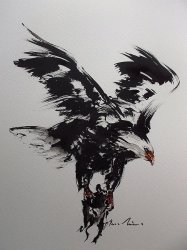
====
Art has changed but what has remained constant is humanity's interest in creating sacred collections of art or museums! Collecting art can be an amateur fan hobby or a professional organized initiative. How we appreciate art is arguably as valuable as how we are inspired to create art!
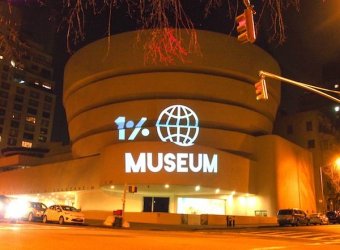
A fan of art might appreciate the classic beauty presented in old-world Victorian paintings of, say, bright women walking through a flowery forest or garden, dressed in a charming dress or gown. This art represents a general human fascination with spiritual bliss.
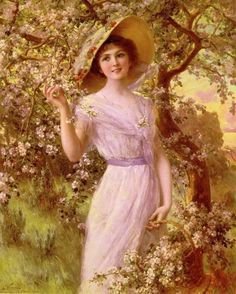
As civilization developed commerce and consumerism, it created aesthetically symbolic toys. American toy companies (Hasbro, Mattel, Fisher-Price) are the finest in the world, and American youngsters love to purchase nifty toy water-guns for the summer months to engage in fun water-fights with their friends and neighbours. Toys symbolize socially-shared imagination, and water-guns are arguably a form of 'fitness-art' which is why we love collecting them! Perhaps archaeologists in the future will look back on our era and remark on how water-guns sold at Toys 'R Us represented 'consumerism craftsmanship.'

Any art critic will tell you that much of modern art is graphic, violent, expressive/bold, highly colloquial (which is why many call it 'low-brow art' rather than 'modernism pedestrian prose'). Much of this modern art comes in the form of shock-value comic books (e.g., Daredevil) and graphic horror-mystery pulp novels/stories/films (e.g., The Howling). Perhaps it was the films of Alfred Hitchcock which introduced audiences to the notion that art can (and arguably should!) be...youthful. The modern age of media includes a great deal of 'graffiti,' which is why eBay (an online auctioning market offering comics and all kinds of pulp-novels and toys) itself can be considered a sort of 'tourism-friendly archaeological museum.'
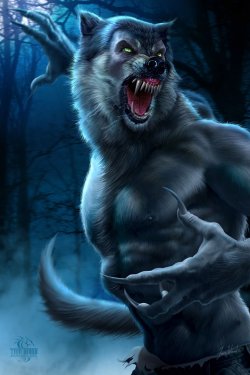
As we've noticed, Hollywood (USA) is making countless comic book adapted films, and this is a modern trend, begun by the high-profile comics-adapted films Flash Gordon, Superman: The Movie, and Batman Returns. Comic book art presents vigilantism-daydreams, outlandish characters/avatars, and video-game friendly storyboards. Comic book art is very pedestrian, basic, straightforward, incredibly loud, sometimes garish and graphic, and always muscular. To understand how we've gone from classic Victorian paintings to modern-era 'loudmouth' comic book artistry, we must evaluate why colloquial intellectualism itself (e.g., Dan Brown's Da Vinci Code film-adapted series of pedestrian-friendly metaphysics-muscular novels) is a 'carnivale museum.'
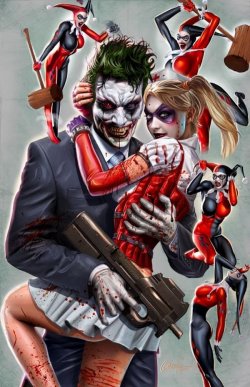
Should we think of modern art as 'low-brow' or colloquial/pedestrian? Should we think of museums as evolutionary? Should we think of LEGO city-model building-sets as creativity-symbolic? Should we think of Dan Brown's novels as simply apocrypha? Should we think of comic book heroes and anti-heroes such as the Dark Knight and Poison Ivy as secularly divine? These questions represent the brunt of 'imaginarium IQ' for our new age of media-oriented 'knowledge-base collections' (e.g., Wikipedia). Will U.S. President Donald Trump (a capitalism-baron and casino-mogul) be considered a diplomat of modernism junk-food (e.g., Napster) or modernism mercantilism (e.g., IBM)? Sometimes, I wish we lived in the simpler times of Karl Marx...
====


Perhaps our fascination with consumerism and toys has created varied forms of 'IQ language.'
Anyone a fan of the film The Monuments Men?

====
Art has changed but what has remained constant is humanity's interest in creating sacred collections of art or museums! Collecting art can be an amateur fan hobby or a professional organized initiative. How we appreciate art is arguably as valuable as how we are inspired to create art!

A fan of art might appreciate the classic beauty presented in old-world Victorian paintings of, say, bright women walking through a flowery forest or garden, dressed in a charming dress or gown. This art represents a general human fascination with spiritual bliss.

As civilization developed commerce and consumerism, it created aesthetically symbolic toys. American toy companies (Hasbro, Mattel, Fisher-Price) are the finest in the world, and American youngsters love to purchase nifty toy water-guns for the summer months to engage in fun water-fights with their friends and neighbours. Toys symbolize socially-shared imagination, and water-guns are arguably a form of 'fitness-art' which is why we love collecting them! Perhaps archaeologists in the future will look back on our era and remark on how water-guns sold at Toys 'R Us represented 'consumerism craftsmanship.'

Any art critic will tell you that much of modern art is graphic, violent, expressive/bold, highly colloquial (which is why many call it 'low-brow art' rather than 'modernism pedestrian prose'). Much of this modern art comes in the form of shock-value comic books (e.g., Daredevil) and graphic horror-mystery pulp novels/stories/films (e.g., The Howling). Perhaps it was the films of Alfred Hitchcock which introduced audiences to the notion that art can (and arguably should!) be...youthful. The modern age of media includes a great deal of 'graffiti,' which is why eBay (an online auctioning market offering comics and all kinds of pulp-novels and toys) itself can be considered a sort of 'tourism-friendly archaeological museum.'

As we've noticed, Hollywood (USA) is making countless comic book adapted films, and this is a modern trend, begun by the high-profile comics-adapted films Flash Gordon, Superman: The Movie, and Batman Returns. Comic book art presents vigilantism-daydreams, outlandish characters/avatars, and video-game friendly storyboards. Comic book art is very pedestrian, basic, straightforward, incredibly loud, sometimes garish and graphic, and always muscular. To understand how we've gone from classic Victorian paintings to modern-era 'loudmouth' comic book artistry, we must evaluate why colloquial intellectualism itself (e.g., Dan Brown's Da Vinci Code film-adapted series of pedestrian-friendly metaphysics-muscular novels) is a 'carnivale museum.'

Should we think of modern art as 'low-brow' or colloquial/pedestrian? Should we think of museums as evolutionary? Should we think of LEGO city-model building-sets as creativity-symbolic? Should we think of Dan Brown's novels as simply apocrypha? Should we think of comic book heroes and anti-heroes such as the Dark Knight and Poison Ivy as secularly divine? These questions represent the brunt of 'imaginarium IQ' for our new age of media-oriented 'knowledge-base collections' (e.g., Wikipedia). Will U.S. President Donald Trump (a capitalism-baron and casino-mogul) be considered a diplomat of modernism junk-food (e.g., Napster) or modernism mercantilism (e.g., IBM)? Sometimes, I wish we lived in the simpler times of Karl Marx...
====
